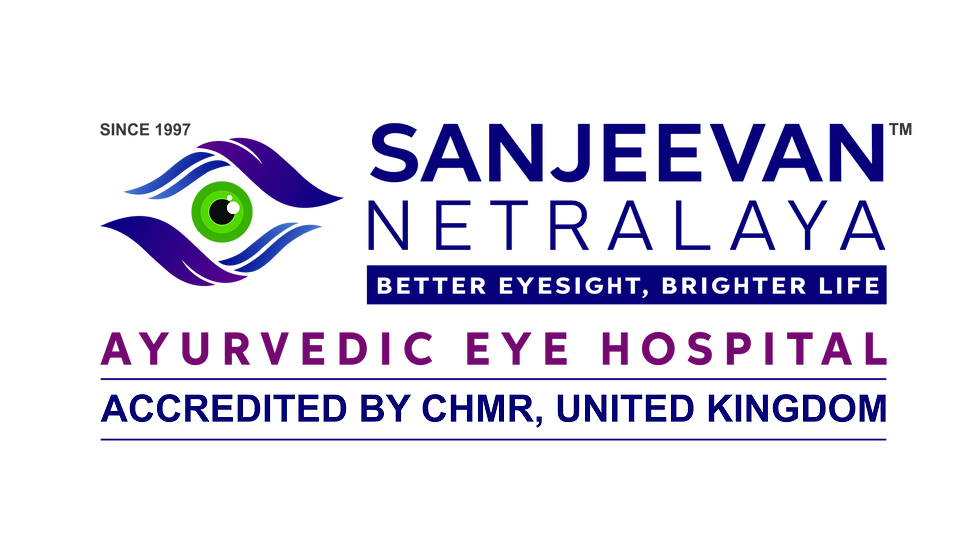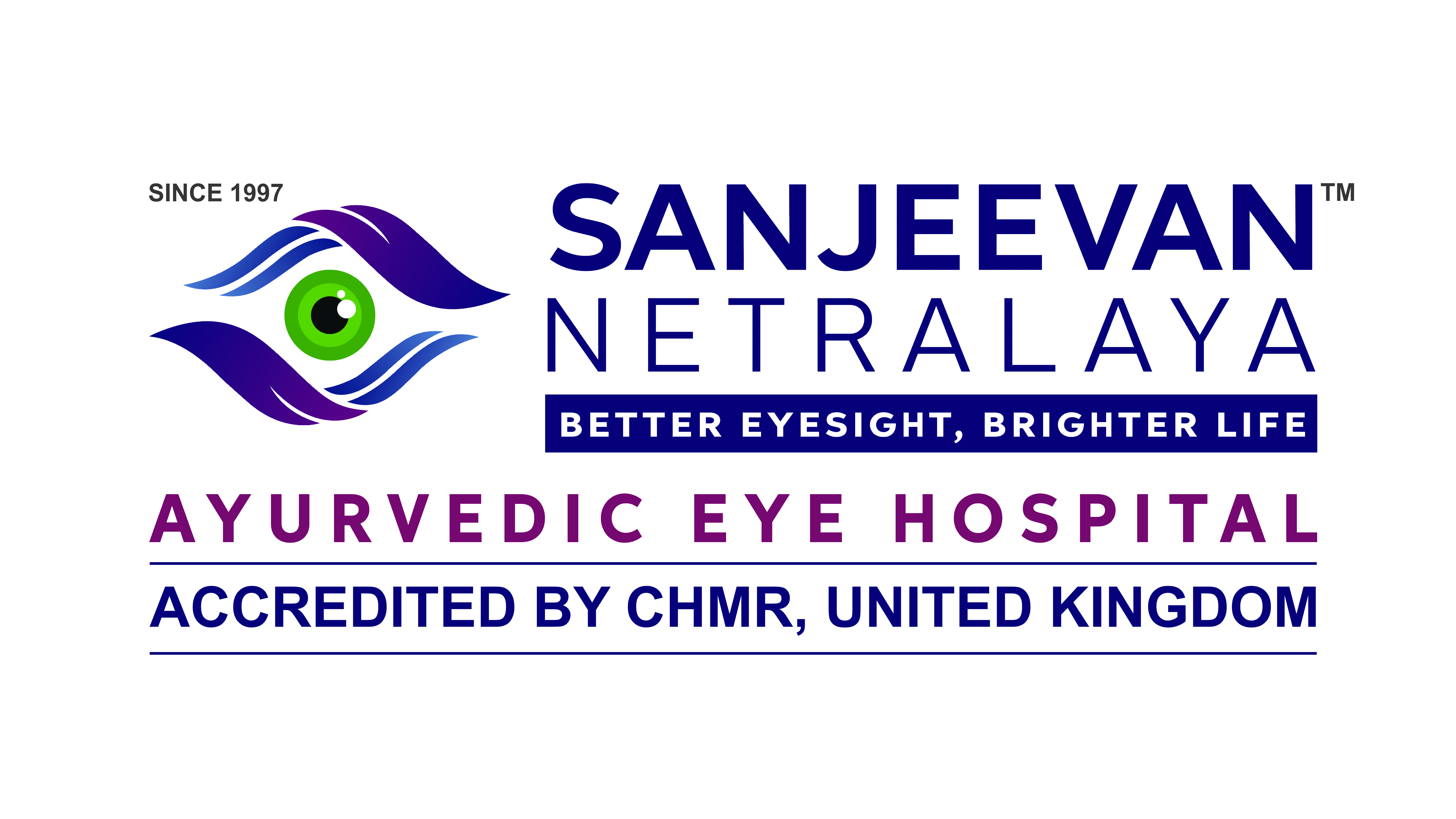- Hiren Suryawanshi
- Aug 14, 2024
- 2 min read
Updated: Sep 26, 2024

What is glaucoma?
Glaucoma is a group of eye conditions that can lead to vision loss and blindness by damaging the optic nerve at the back of the eye. The symptoms often develop gradually, making them easy to overlook. The only way to determine if you have glaucoma is through a comprehensive dilated eye exam. While there is no cure for glaucoma, early treatment can frequently halt the damage and help preserve your vision.
What are the types of glaucoma?
Glaucoma comes in various forms, but the most prevalent type in the United States is open-angle glaucoma, which is what most people refer to when they mention glaucoma. Other forms, such as angle-closure glaucoma and congenital glaucoma, are less common.

What are the symptoms of glaucoma?
In its early stages, glaucoma typically has no symptoms, which is why many people with the condition are unaware they have it. Over time, vision loss may gradually occur, often beginning with your peripheral vision, particularly the area closest to your nose. Because this change happens so slowly, it can be difficult to notice at first. However, as the disease progresses, you may begin to realise that your ability to see things to the side is diminishing. Without treatment, glaucoma can ultimately lead to blindness.
What causes glaucoma?
The exact cause of the most common types of glaucoma remains unclear, but many individuals with the condition have elevated eye pressure. Treatments that reduce eye pressure have been shown to help slow the progression of the disease.Glaucoma cannot be prevented, making regular eye exams crucial. These exams allow you and your doctor to detect the condition early, before it impacts your vision.
At Sanjeevan Netralaya Ayurvedic Eye Hospital, Glaucoma is treated with great success.
Exclusive Treatment for Glaucoma Side Effects at Sanjeevan Netralaya Ayurvedic Eye Hospital
At Sanjeevan Netralaya Ayurvedic Eye Hospital, we are proud to offer a specialized and proven treatment for the side effects of glaucoma. While we do not treat glaucoma directly, our unique approach addresses the complications and vision problems caused by this condition.
Sanjeevan Netralaya is the only place in the world where glaucoma side effects can be effectively treated, with a track record of success, especially when diagnosed and treated at early stages.
The main side effect of glaucoma is optic nerve damage, also known as optic atrophy, which occurs due to an increase in intraocular pressure. This is the leading cause of vision loss in glaucoma patients. At Sanjeevan Netralaya, we offer a treatment that can reverse optic nerve damage if it is diagnosed and treated at the initial stage.
Our treatment integrates glaucoma herbal treatment with advanced Ayurvedic principles to alleviate the side effects associated with glaucoma. Conventional glaucoma medication often targets the primary condition, but the lingering side effects, such as optic nerve damage, can still impact a patient’s quality of life. Our glaucoma treatment in Ayurveda focuses on restoring and improving vision by targeting these specific issues.
At Sanjeevan Netralaya, we offer an innovative approach that reduces the dependency on traditional medications and focuses on natural healing. By addressing the root causes of side effects, we help our patients achieve lasting relief and improved vision.
Contact us today to learn more about our world-renowned treatment for glaucoma side effects and how Sanjeevan Netralaya Ayurvedic Eye Hospital can help you regain your vision naturally.

